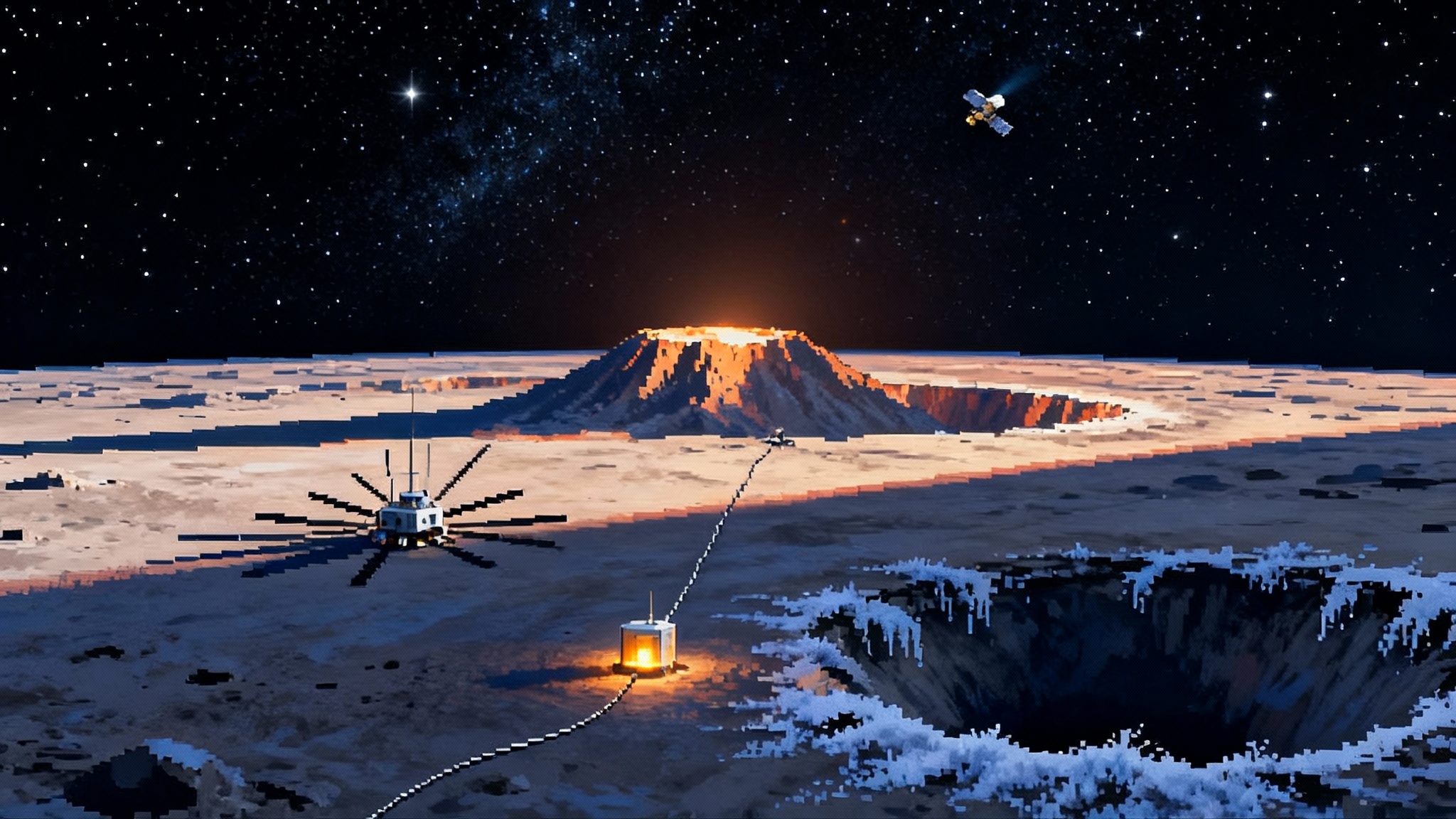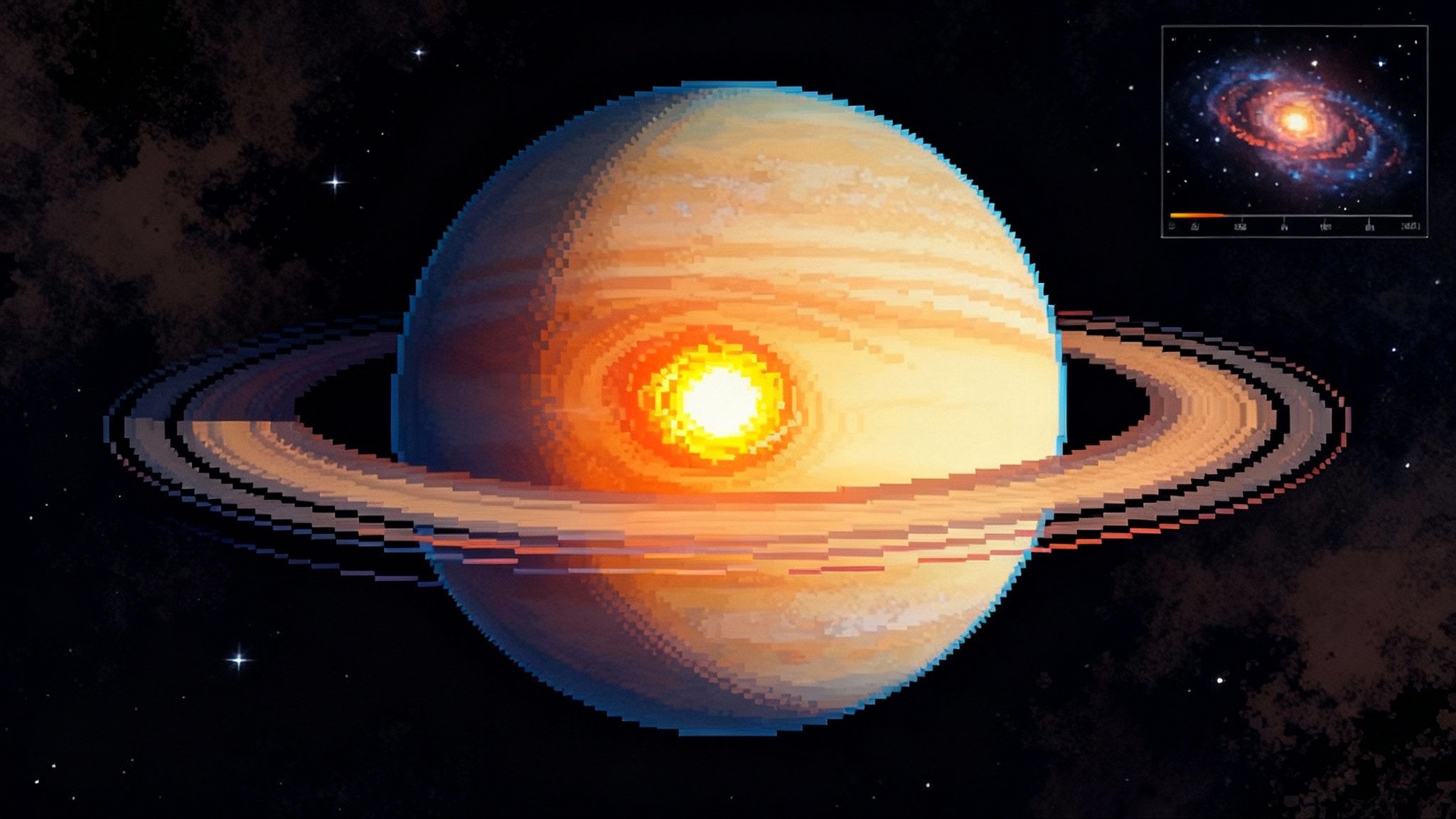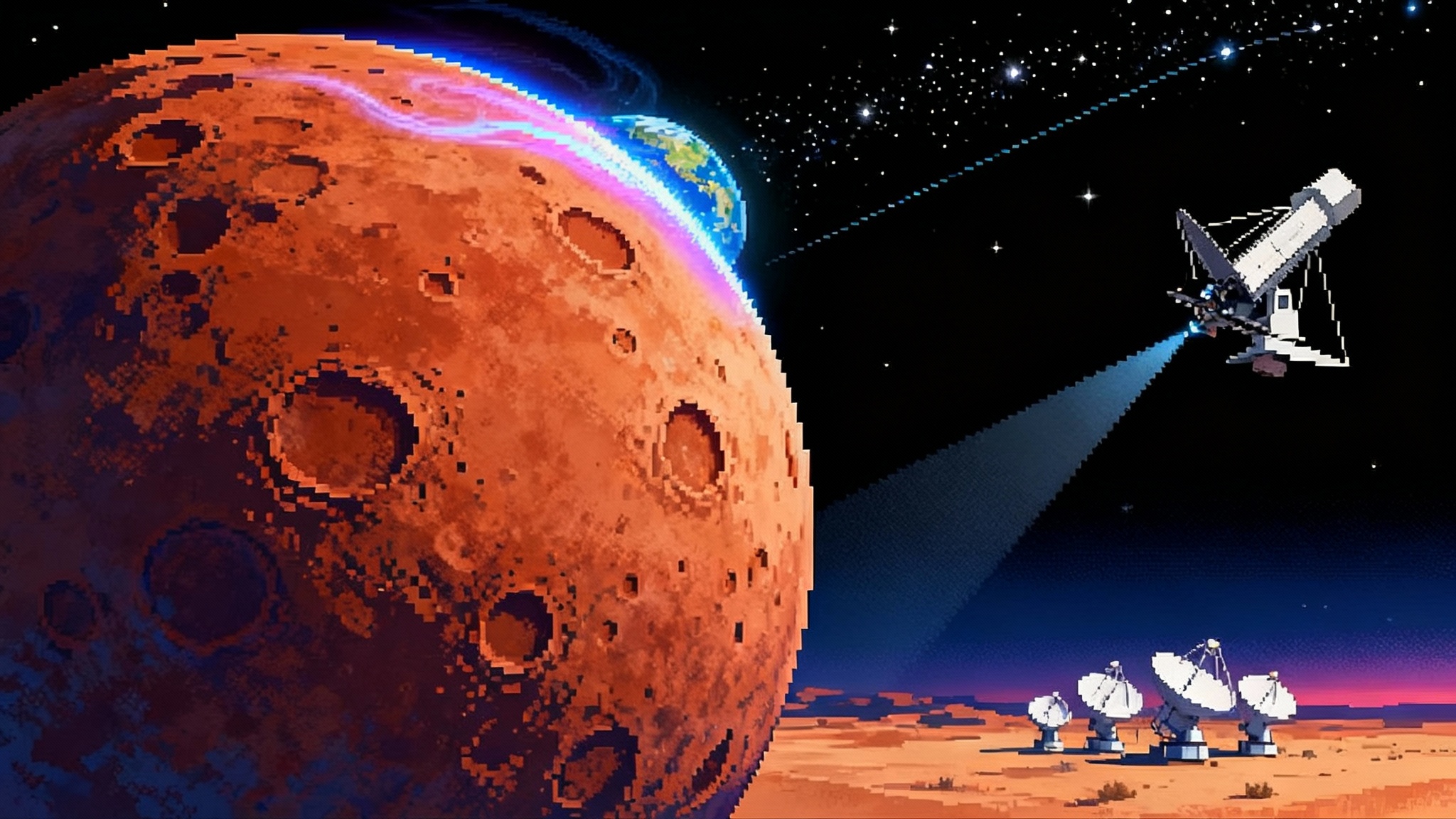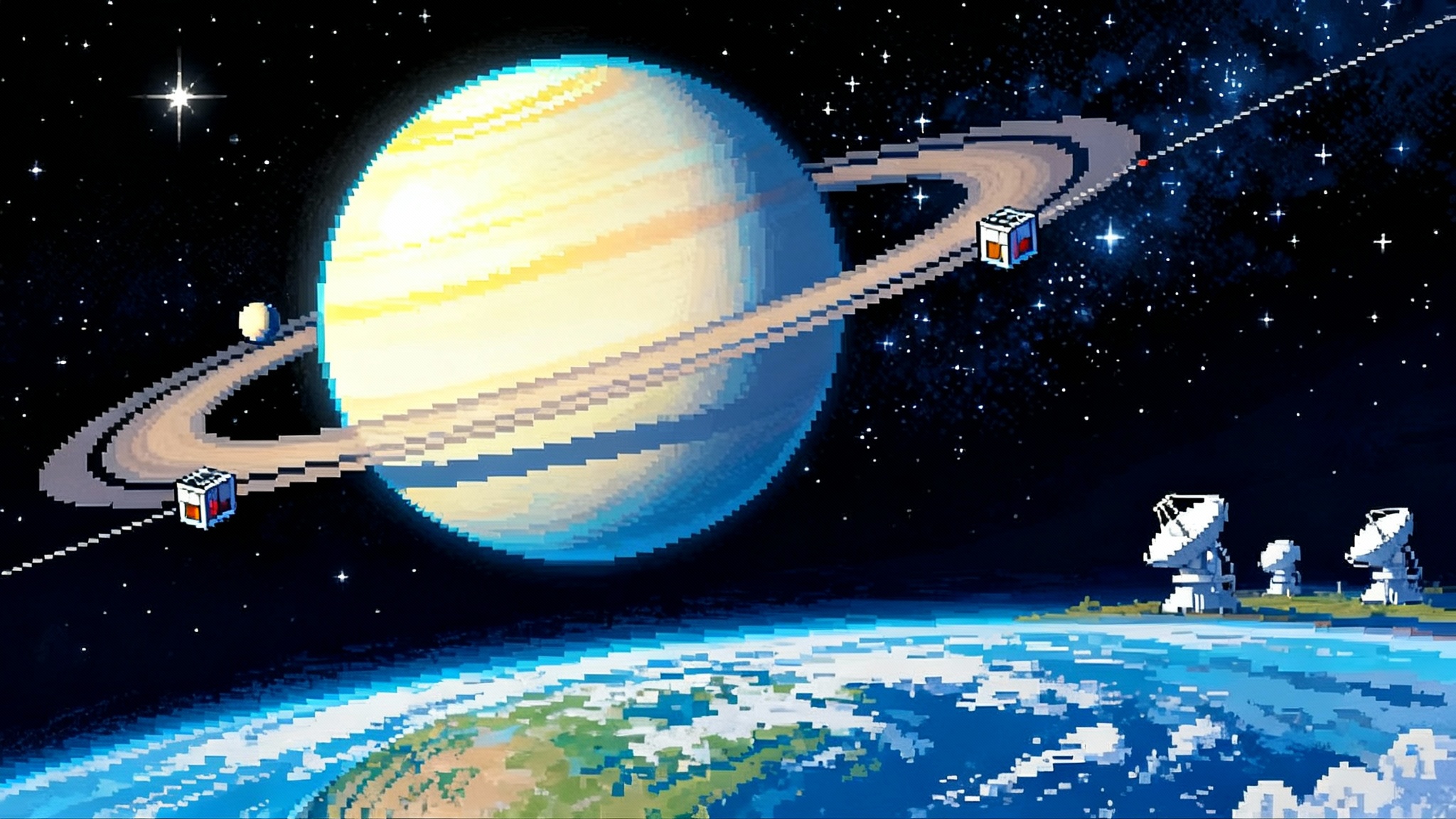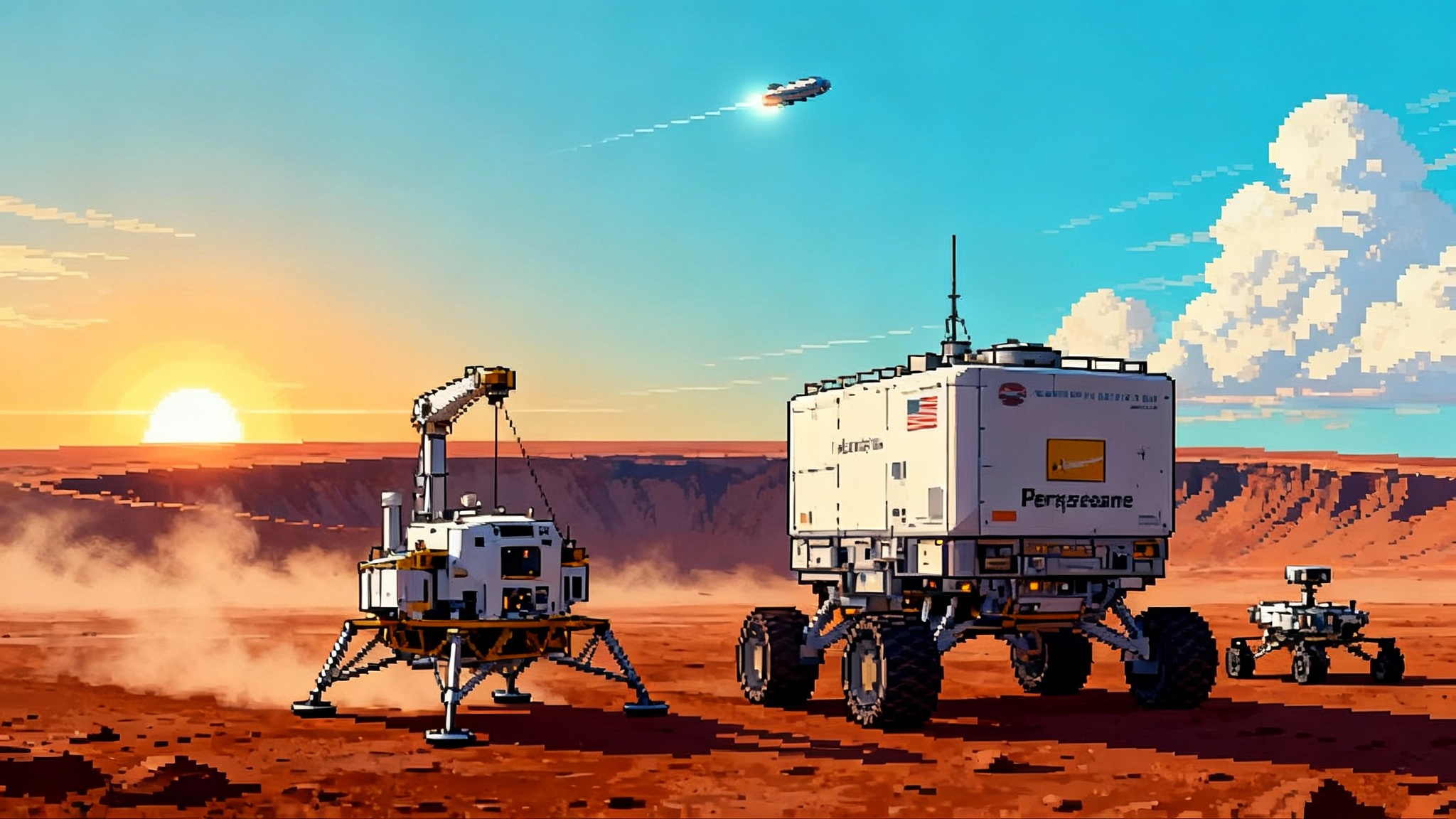MoM‑z14 rewrites cosmic dawn as JWST’s farthest galaxy
In May 2025, JWST confirmed MoM-z14 at redshift 14.44, a compact galaxy shining just 280 million years after the Big Bang. Its size, chemistry, and spectrum point to clustered starbursts, not a hidden black hole; and they force a rapid rewrite of how first light ignited. Here is what gets tested next and how ALMA, Euclid, and Roman can prove it.
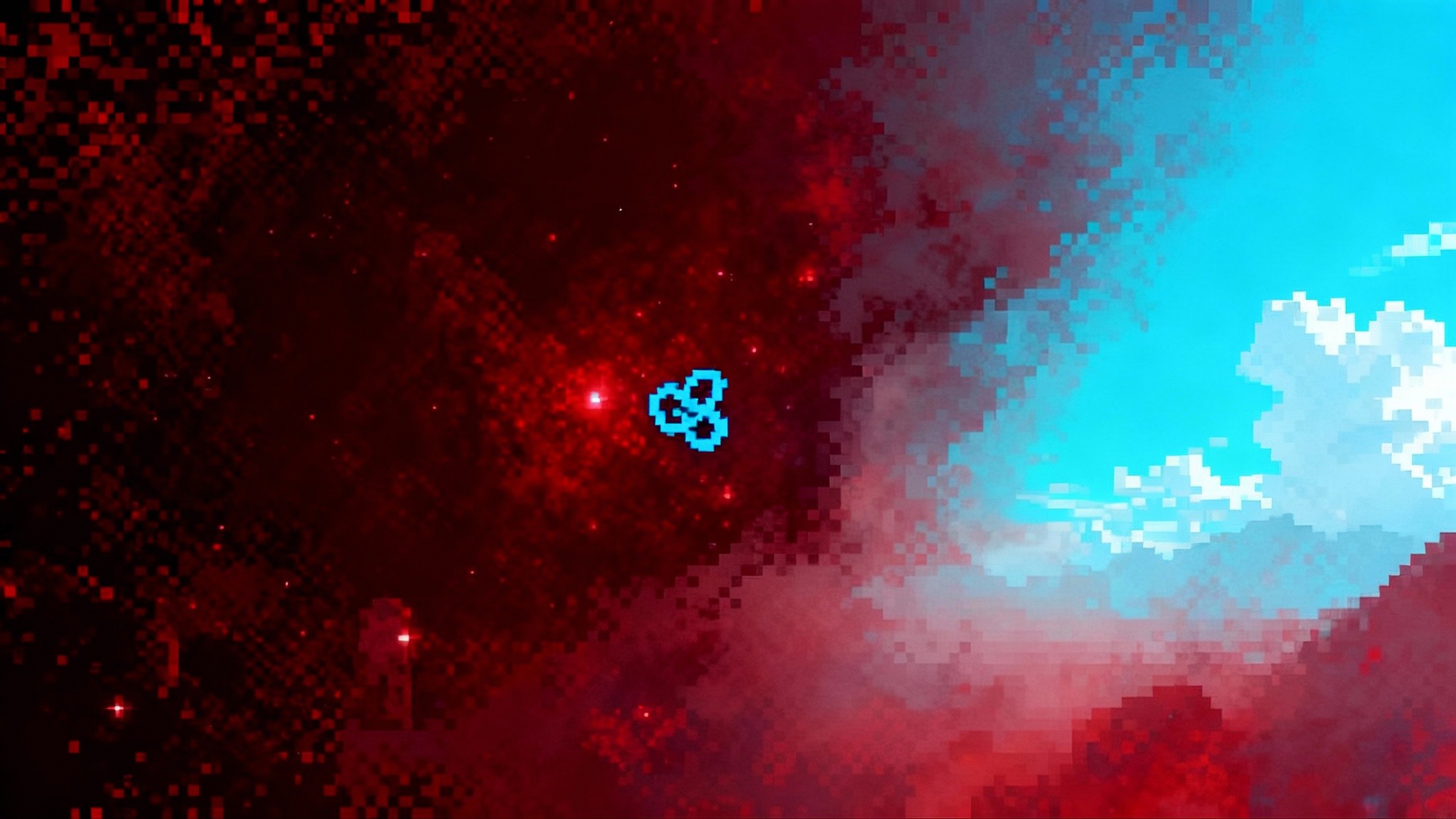
Breaking: a record so early it bends our timeline
In May 2025, a team led by Rohan Naidu used the James Webb Space Telescope to secure a spectroscopic redshift of about 14.44 for a tiny, brilliant galaxy now known as MoM-z14. The confirmation rests on a sharp Lyman break and multiple ultraviolet emission lines captured by JWST's Near Infrared Spectrograph. The result pins this source to a time only about 280 million years after the Big Bang, when the first stars were still switching on and the cosmos remained foggy with neutral hydrogen. You can read the technical announcement of the detection in the team's paper on MoM-z14 at z 14.44.
To place that in human terms, imagine compressing the entire 13.8 billion year history of the universe into a single calendar year. On that scale, the Milky Way would form in late summer. Our solar system would not show up until mid-September. MoM-z14 flickers into view just after midnight on January 2. It is not supposed to be that bright, that soon. We have seen other surprising data reset playbooks before, from Chang'e-6 far side results to a new Kuiper Belt playbook.
What JWST actually saw
JWST first flagged the object in imaging as a dropout at short wavelengths, the telltale sign that hydrogen in the early universe absorbed light bluer than the Lyman alpha line. The prism mode of NIRSpec then broke the galaxy's faint glow into its component colors. That spectrum showed a cliff where the Lyman break should be and a handful of weak but consistent emission lines that all agreed on the same extreme redshift. The source is compact, with a circularized half-light radius of roughly 74 parsecs, which is less than 250 light years across. In astronomical photography terms, that is a bright bead of pearls rather than a sprawling disk.
Two details stand out. First, the ultraviolet lines imply a violent rise in star formation in the previous few million years. Second, the relative strength of nitrogen to carbon is unexpectedly high. Together, these signals favor an interpretation that MoM-z14 is dominated by hot, young stars in very dense clusters, with little dust to hide them, and not by a central black hole. The chemical hints echo patterns seen in ancient globular clusters around the Milky Way, which some researchers argue once harbored very massive stars that enriched their surroundings quickly. If that picture is right, MoM-z14 may be catching such clusters in the act of assembly.
Why this changes the script for first light
Before JWST, consensus models expected very few bright galaxies at redshifts beyond 10. JWST has now found too many of them and too early. The MoM-z14 paper estimates that the number density of luminous galaxies at redshift around 14 to 15 is more than one hundred times higher than pre-JWST models predicted. That is not a tweak at the margins; it is a sign that something about early galaxy growth, star formation efficiency, stellar birth mass distribution, feedback from young stars, or all of the above, needs revision. That kind of model update echoes our coverage of a new Kuiper Belt playbook and how fresh data can force theory to change quickly.
There are simple alternatives that must be eliminated. Could MoM-z14 be made to look bright by gravitational lensing, where intervening mass magnifies background light like a cosmic glass? The field is well studied, and the object does not sit behind a known strong lens. Could an active galactic nucleus be doing the heavy lifting? The compact size and the spectrum argue against a dominant black hole. Occam's razor points to stars.
The larger implication is that cosmic dawn was not a gentle sunrise. It looks more like scattered cities switching on their lights across a dark continent. In dense patches, star clusters formed quickly and punched holes in the hydrogen fog around them. In other places, nothing much happened yet. That is what astronomers mean by patchy reionization.
What MoM-z14 predicts about the early universe
A record setter only matters if it puts clear, risky predictions on the line. MoM-z14 does.
- Compact star factories. The half-light radius near 74 parsecs implies that the ultraviolet glow comes from a few intense star-forming clumps. That predicts narrow interstellar lines and a modest velocity dispersion in far-infrared gas tracers, more like a starbursting cluster complex than a turbulent disk.
- Hot, hard radiation. The extreme ultraviolet slope and strong nitrogen hint at a top-heavy population of newborn stars. That predicts strong oxygen lines relative to carbon and sustained production of ionizing photons, which in turn predicts a high escape fraction of those photons from the galaxy.
- Local ionized bubble. The lack of a deep Lyman damping wing in the spectrum suggests that MoM-z14 sits in a partially ionized neighborhood at a redshift when the broader universe was still mostly neutral. That predicts other young sources nearby and a small but measurable transparency window in hydrogen along lines of sight that pass close to the galaxy.
- A crowded skyline. If MoM-z14 is not a fluke, there should be more like it hiding in plain sight. The true sky density of bright objects at this epoch should be large enough that wide, deep surveys will add dozens of new examples within the next two years, even without gravitational lensing.
These are not generic statements. They are checkable, soon.
Three near-term tests that can confirm or kill the new picture
1) ALMA line follow-ups in the next 12 months
The Atacama Large Millimeter Array is the right instrument to chase the cool gas and ionized fine-structure lines that tie stellar activity to the interstellar medium. At a redshift near 14.44, some lines land at fortunate frequencies for ALMA.
- The [O III] line at 88 microns redshifts to about 220 gigahertz, squarely in ALMA Band 6. Prediction: a resolved [O III] line with a full width at half maximum between 50 and 150 kilometers per second and a compact emitting region not much larger than 300 parsecs. That profile would fit the clustered starburst picture; a much broader or very extended line would favor an active nucleus or a more mature disk.
- The [N II] line at 122 microns redshifts to about 159 gigahertz in Band 4. Prediction: [O III] stronger than [N II] by a factor of at least three, signaling a high ionization state. A comparable [N II] strength would undercut the argument for very hot, young stars dominating the emission.
- The classic [C II] line at 158 microns redshifts to around 123 gigahertz, which unfortunately falls in a gap between ALMA Bands 3 and 4. That non-accessibility is a feature, not a bug. It pushes observers toward [O III] and [N II], the lines most diagnostic of young, high-energy stars.
2) Euclid's lensing harvest over the next 12 to 18 months
The European Space Agency's Euclid mission is mapping a huge fraction of the sky in visible and near infrared light to study dark matter and dark energy. Its sharp, stable images and deep near infrared photometry are also perfect for strong-lensing hunts that magnify distant galaxies. The survey plan outlines a 14,000 square degree Wide Survey plus three Deep Fields, described in the official Euclid survey overview.
Why this matters for MoM-z14: if bright, ultra-early galaxies are common, a wide lensing search should quickly turn up multiple systems beyond redshift 14 behind massive clusters, boosted by magnification. Prediction: within the next Euclid data release cycle, automated lens finders and citizen-science style vetting should deliver at least five strongly lensed candidates above redshift 14 with intrinsic ultraviolet magnitudes as bright as or brighter than MoM-z14 after correcting for magnification. If Euclid's yield is near zero, then the claim of a high space density needs to be scaled back.
3) Roman's wide-field deep surveys in the 18 to 24 month window
NASA's Nancy Grace Roman Space Telescope is designed to pair Hubble-class detail with a field of view hundreds of times larger. Its High Latitude surveys will cover tens to thousands of square degrees with near infrared filters near the sweet spot for high-redshift searches. Even early data will go much deeper over wide areas than nearly all past surveys at those wavelengths.
Prediction: within two years of launch, Roman's deep tiers should report dozens of luminous candidates beyond redshift 14 across many square degrees, not just in the tiny pencil-beam fields JWST tends to target. The key test is not the existence of a few record breakers but the slope of the bright end of the ultraviolet luminosity function. If Roman finds that slope still very steep and the normalization very high, then early star formation really does turn on faster and more efficiently than our models allow. If the slope flattens and the numbers drop, then MoM-z14 will look more like an outlier.
For how we evaluate decisive evidence in cutting-edge space data sets, see our guide to a biosignature showdown and 5 sigma.
A simple field guide to what the data should look like
- If compact star clusters dominate: expect [O III] much stronger than [N II], tight line widths, very blue ultraviolet slopes, and little or no mid-infrared dust features. Lyman alpha emission may peek through thanks to a local ionized bubble.
- If a hidden black hole dominates: expect broader far-infrared lines, possible high-ionization lines inconsistent with pure starbursts, and a spatially unresolved core in follow-up imaging. Mid-infrared continuum excess could betray hot dust near the engine.
- If lensing has fooled us: expect small-amplitude shear distortions, arclets, or counter-images near foreground deflectors in deeper images, and an updated brightness after de-magnification that brings MoM-z14 back into the model comfort zone.
What this means for theory, and how to adapt
Cosmology itself probably does not need surgery. The standard cold dark matter model builds structure early. The gap is in the astrophysics layered on top. Three upgrades look likely.
- Bursty, clustered star formation. Simulations need to seed dense clumps where thousands of massive stars form nearly at once. That boosts ultraviolet output and creates the compact morphologies JWST is seeing. It also raises the escape fraction of ionizing photons.
- A less bottom-heavy stellar birth list. If the initial mass function tilts slightly toward massive stars in the earliest, low-metallicity environments, you get a hotter radiation field and faster chemical enrichment. The nitrogen-to-carbon clues in MoM-z14 are consistent with that shift.
- Feedback that clears channels rather than shutting everything down. Young stars inject energy that can punch holes in surrounding gas without quenching the whole galaxy. That creates the patchy reionization landscape implied by the weak damping wing in MoM-z14 and by similar sources.
Each of these changes has clear signatures. Clustered starbursts will show up as clumpy ultraviolet light matched to compact far-infrared line emission. A top-heavier initial mass function will show up in line ratios and ultraviolet slopes. Porous feedback will show up in Lyman alpha visibility at higher than expected redshift and spatial asymmetries in nebular emission.
A 24 month scoreboard for cosmic dawn
Treat the following as pre-registered bets aimed at biosignature showdown and 5 sigma level rigor.
- ALMA Cycle results: at least one detection of [O III] 88 microns from MoM-z14 or a sibling at similar redshift, with a line width under 150 kilometers per second and compact morphology. A non-detection at reasonable depth would force a rethink.
- Euclid lensing yield: five or more strongly lensed candidates beyond redshift 14 with bright intrinsic magnitudes after de-magnification. Near zero would be a red flag for the claimed space density.
- JWST spectroscopy: a handful of new spectroscopic confirmations at redshift around 14 to 15 with emission line equivalent widths similar to MoM-z14. If new spectra all show strong Lyman damping wings instead, the patchy bubble picture weakens.
- Roman early deep fields: dozens of luminous candidates beyond redshift 14 spread across several square degrees. If the bright end dries up at wide area, modelers can restore some of their old assumptions.
The bottom line
MoM-z14 is not only the farthest spectroscopically confirmed galaxy yet. It is a stress test for our story of cosmic dawn. The little source packs a lot of physics into a very small space. Its size argues for clustered star formation. Its chemistry hints at very massive stars. Its spectrum suggests a local ionized bubble. Most importantly, it lives in a crowd of early bright galaxies that our pre-JWST models did not expect to see.
We do not need a new universe to explain it, but we do need better instincts about how the first lights switched on. The decisive observations are close at hand. ALMA can expose the gas, Euclid can find the magnified cousins, and Roman will count them across the sky. In two years, either the clustered, fast-start vision of cosmic dawn will be the new baseline, or MoM-z14 will stand as an elegant exception that taught us how to be precise about the rule. That is a good outcome either way, and it is the kind of test that moves a field forward.

